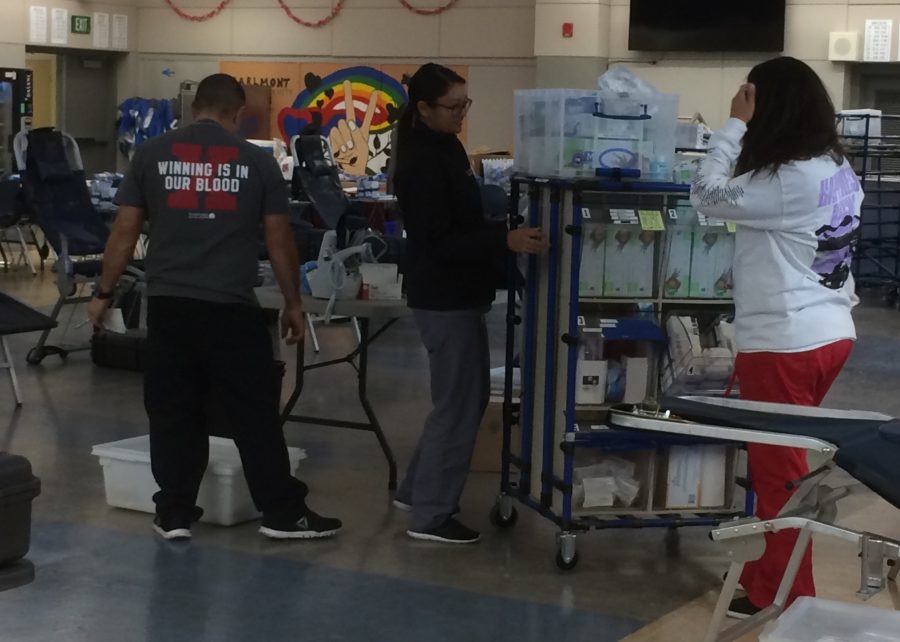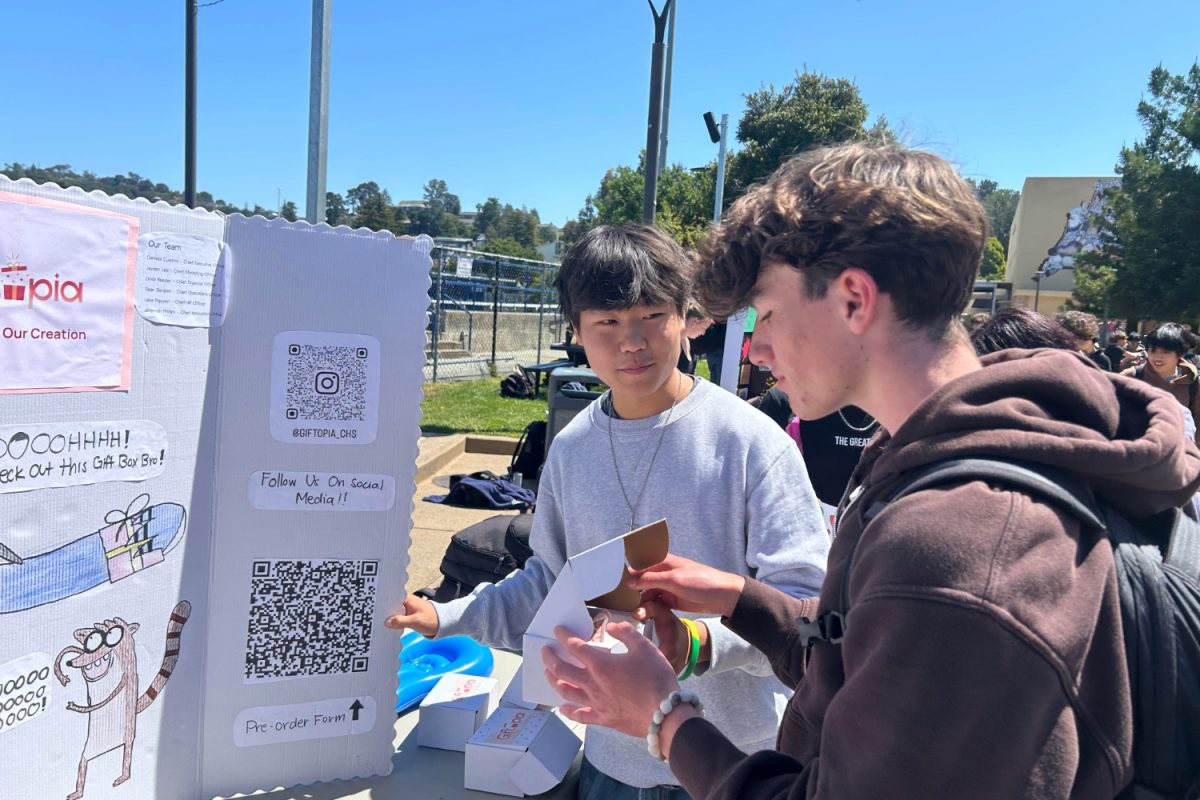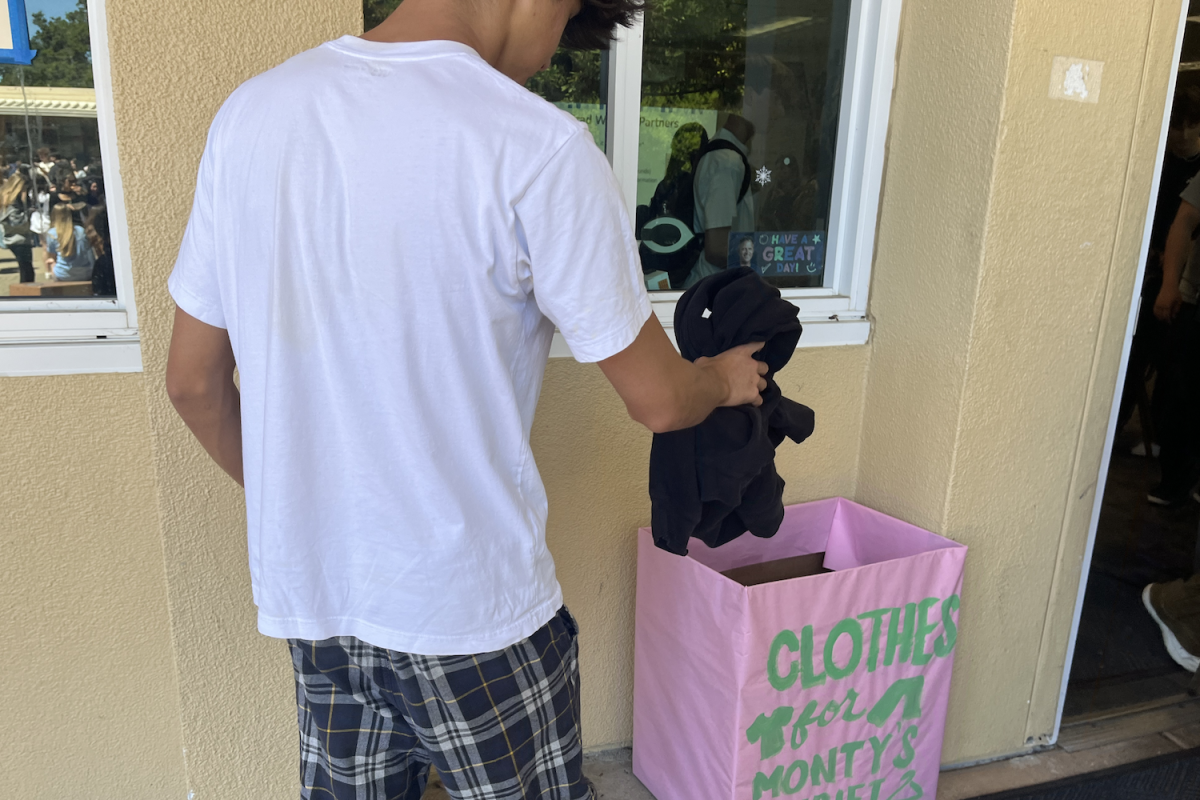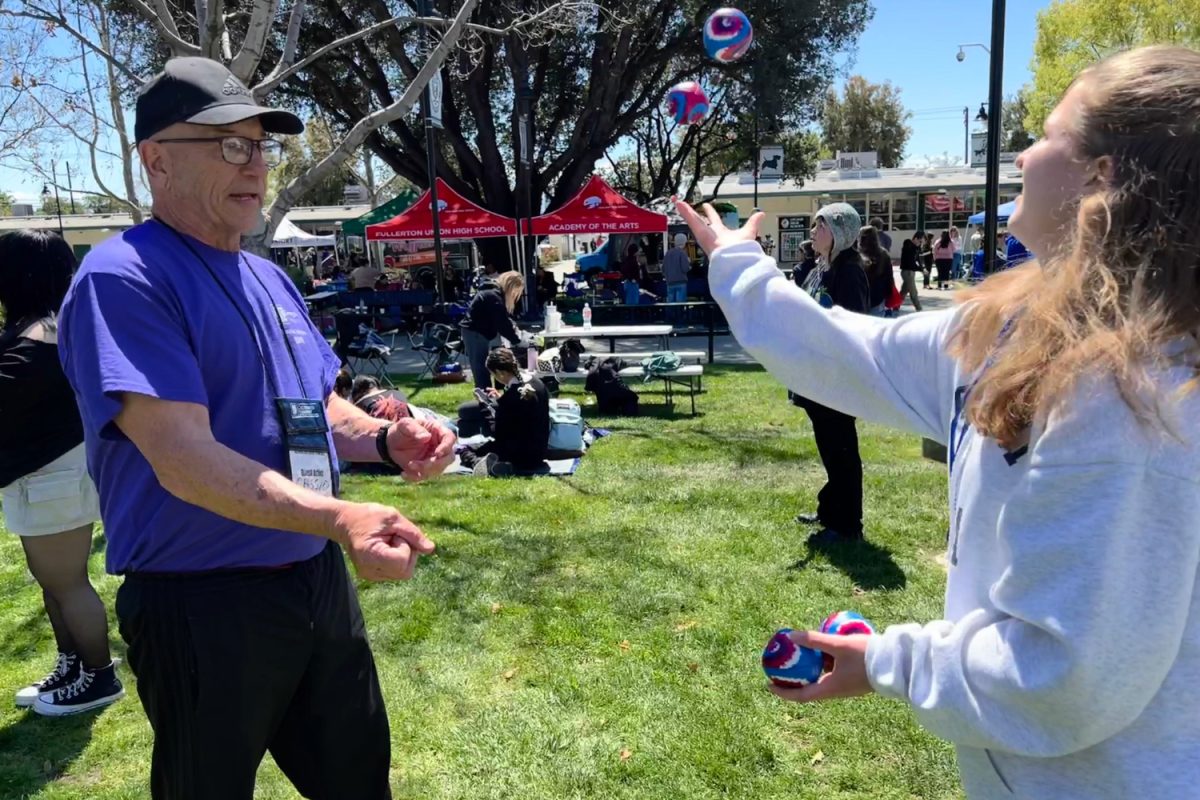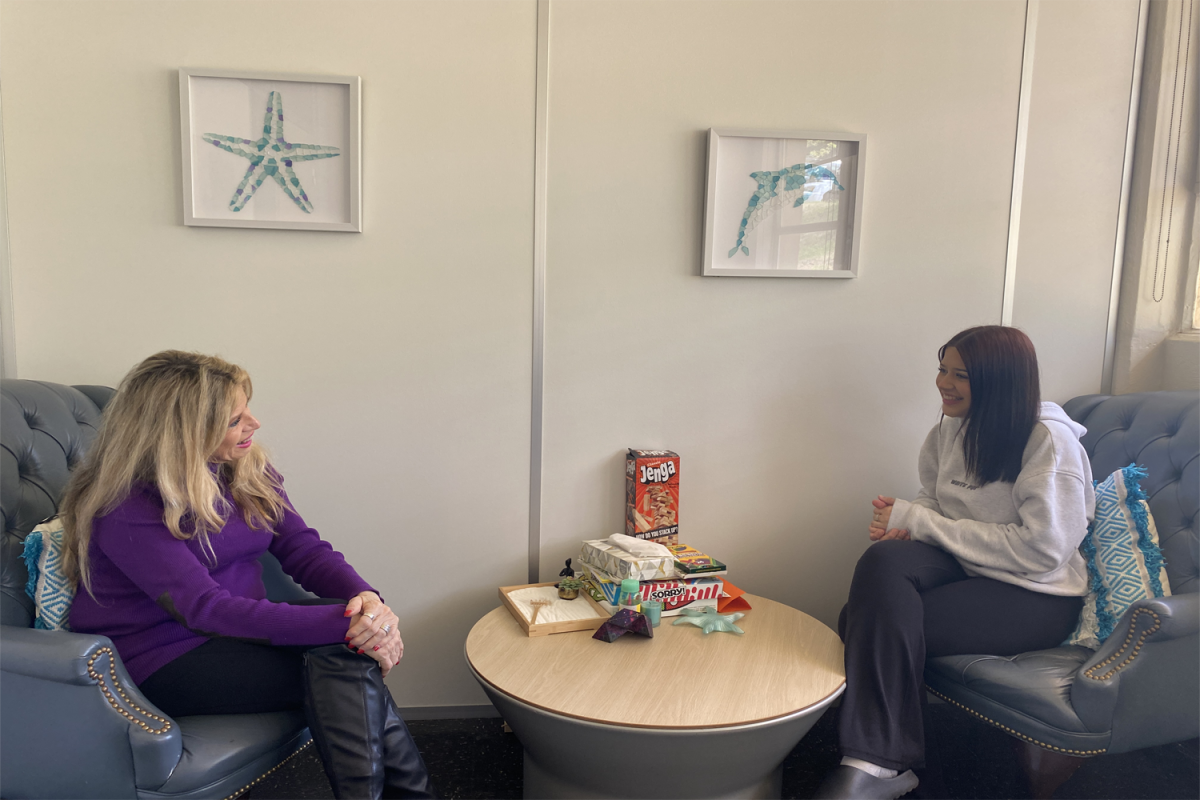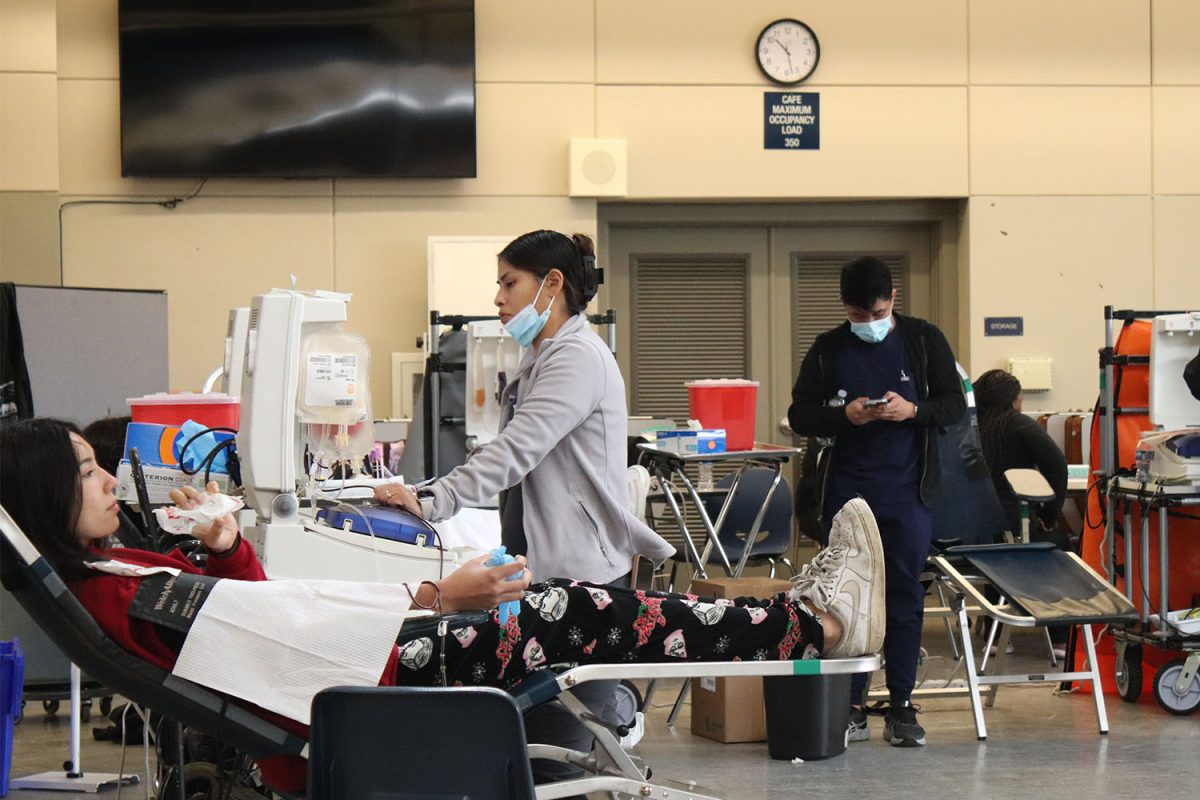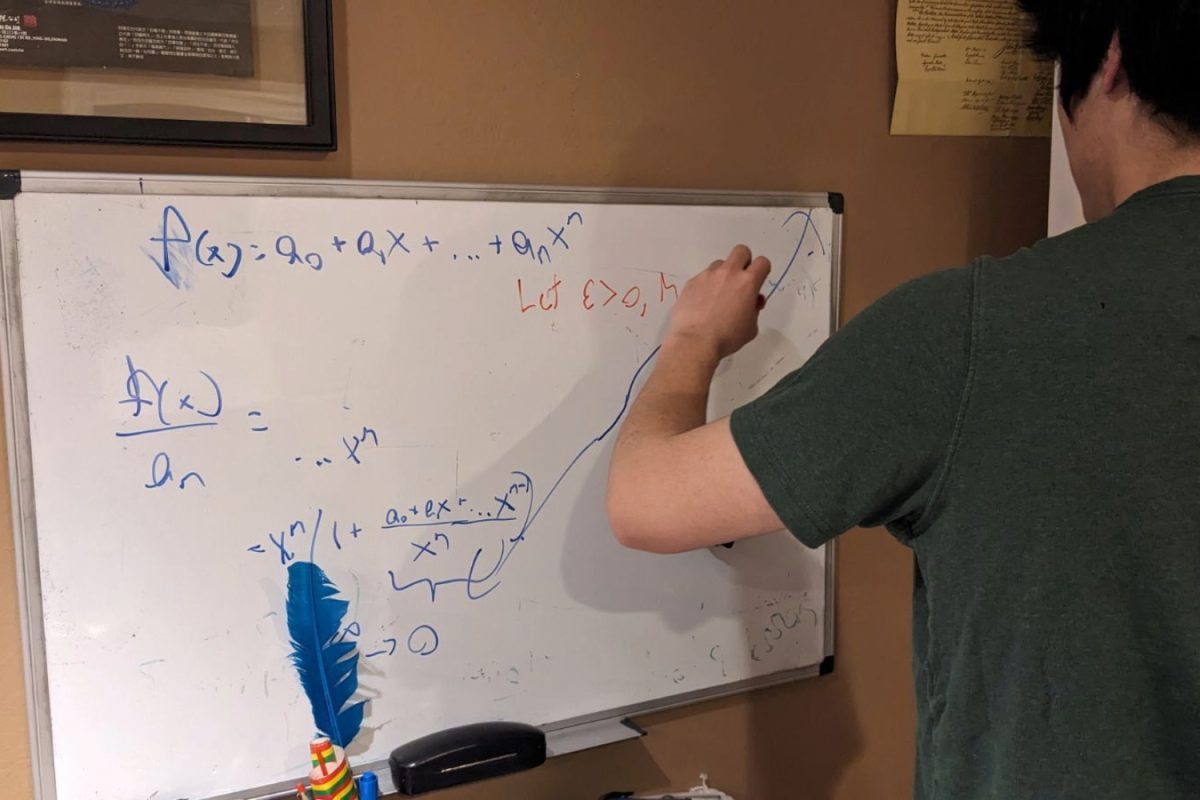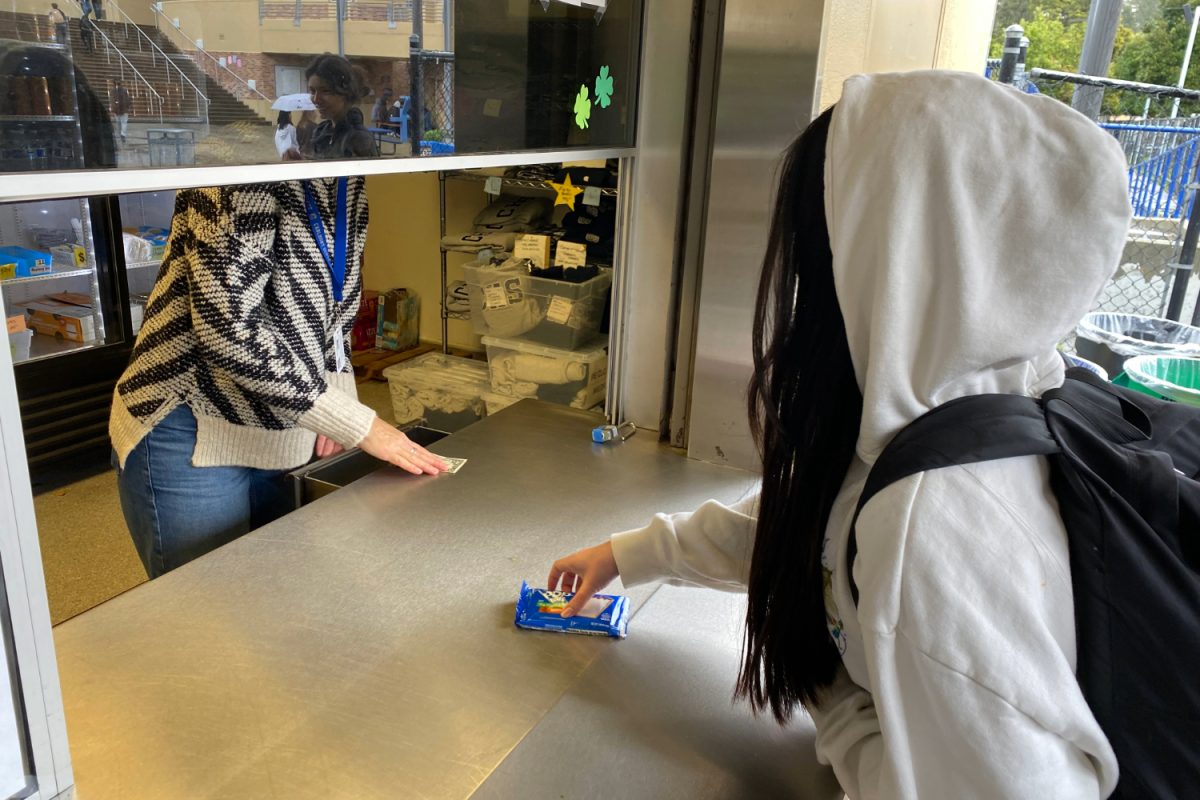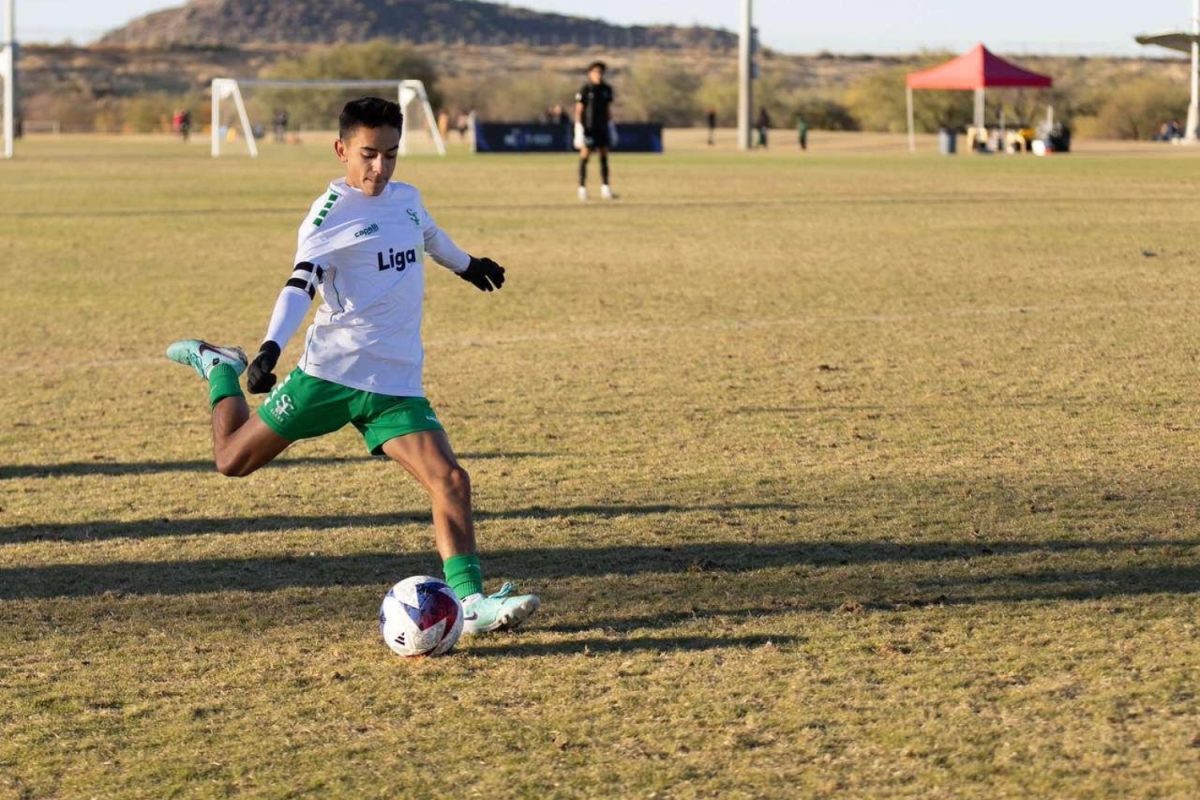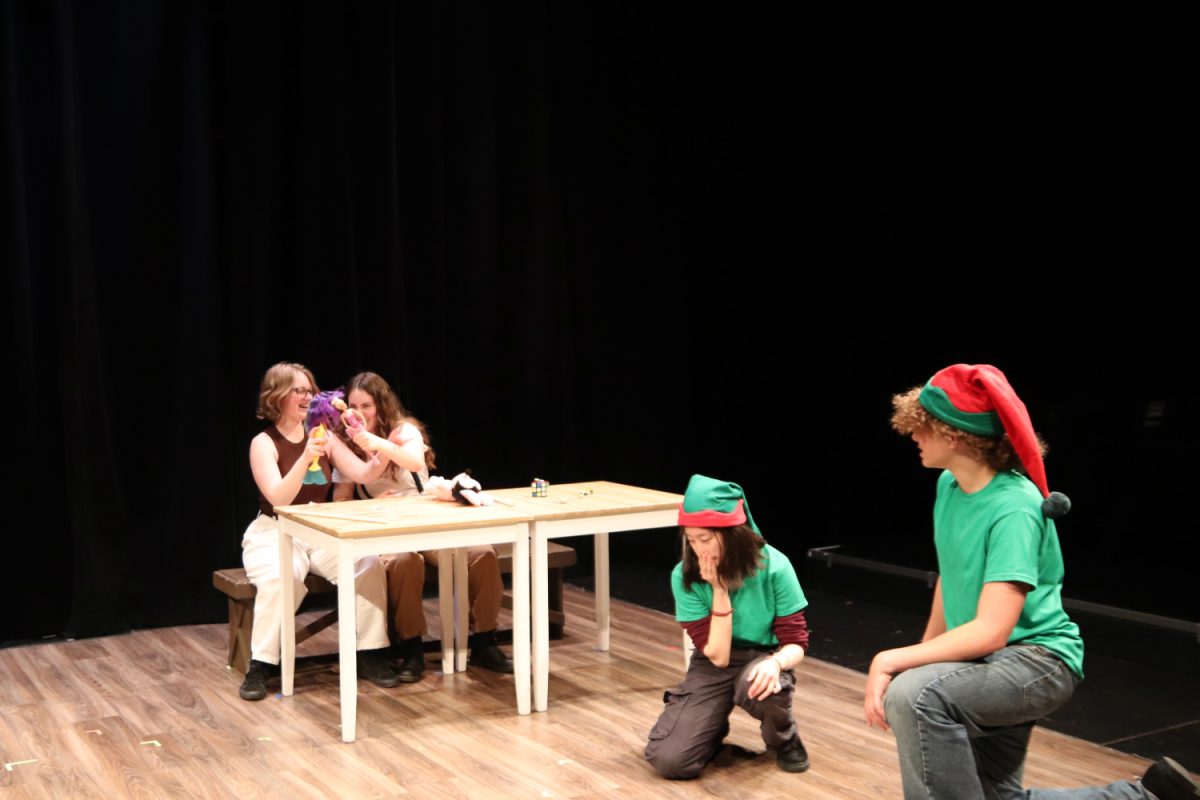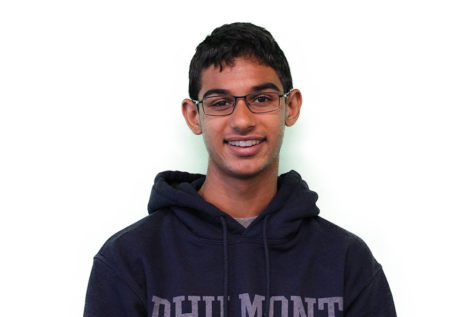Many students and staff donated their blood at Carlmont’s first blood drive of the year on Thursday in the student union. Some walked out as accomplished donors, but others left, ineligible to donate their blood.
To donate in Carlmont’s annual blood drive, participants must meet specific age requirements. Despite the age restrictions, 70 people have appointments to donate blood, according to Ryan Irwin, a junior and member of ASB’s Do Something commission.
“Seventeen and 18-year-olds can walk in while 16-year-olds need a parent consent form. If you’re 15 or below, you cannot donate,” Irwin said.
In addition to age, some people choose not to participate in the blood drive because they currently play a fall sport. Head cross country coach John Lilygren has donated blood over 20 times but says timing is a critical factor when athletes choose to donate blood. He recommends that athletes wait until after their season to give blood.
“Running and other sports depend on hemoglobin in your red blood cells, which affects your oxygen capacity. If you donate blood, you are going to limit your oxygen capacity and, therefore, negatively affect your performance,” Lilygren said.
Blood drive participants must show a valid ID to verify their date of birth when they arrive at check-in. Then, they are given a form to fill out before they start the screening session. According to Stanford Nurse Eiffel Moreno, the screening session is when participants are checked to determine if they are allowed to donate.
“We have the donors answer questions to rule out the chance of any potential diseases or conditions that may disqualify them from donating. We also do a physical exam, including blood pressure and heart rate. We check hemoglobin to determine iron levels before the donation to make sure it’s not too high or too low for the safety of the donor,” Moreno said.
Holly Bazigian, a senior, was ineligible to donate at the blood drive last year because of the places she had recently visited. However, this year, Bazigian passed the screening process at the blood drive and was able to donate blood.
Johnathan Su, a junior, completed his first blood donation at the blood drive. The doctors tested his blood pressure, temperature, weight, height, and took a blood sample. They also asked where he had traveled and if he had donated blood before.
After the screening session, Su went to the donor floor where his blood was extracted.
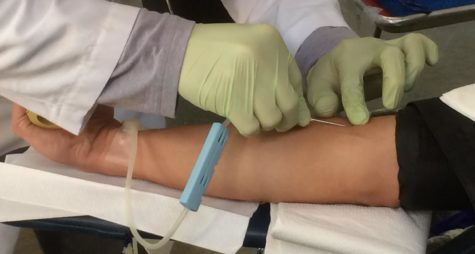
A doctor inserted the needle into Su’s arm.
“I got in the chair. A doctor wiped my arm with an antiseptic, and then they put a needle into my arm. They left it in there for a little bit and connected it to a tube. Then blood started coming out into the tube. I sat there for about 15 minutes,” Su said.
Donors go to the snack canteen after they finish the donation process. According to Moreno, they need to be monitored for 15 minutes after their donation to see how they adjust to the lower blood volume. The canteen has salty and sweet foods to help participants acclimate to the blood loss.
“The salty foods are to maintain their blood pressure, and the sweet foods are to keep their blood sugars up,” Moreno said.
The effects of the blood drive did not end after leaving the venue, as students such as Su noticed some unusual behavioral patterns after they returned home from the blood drive.
“After a few hours, I got pretty tired and had cycles of being tired and then energized every few hours,” Su said.
Despite any consequences, blood donations will help many people in need of blood. According to Moreno, a blood donation extracts a pint of blood, which can help up to three people.
“Most of our blood will go to the main Stanford Hospital. Depending on your blood type and our need, we will send some to Lucile Packard Children’s Hospital,” Moreno said.
Both people who donated at this blood drive and those who were ineligible should be able to participate in the spring blood drive in six months.
“After you donate blood, you feel a lot better about yourself. You feel like you made a difference in someone else’s life,” Su said.

